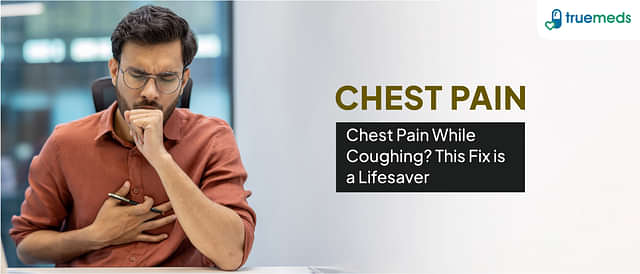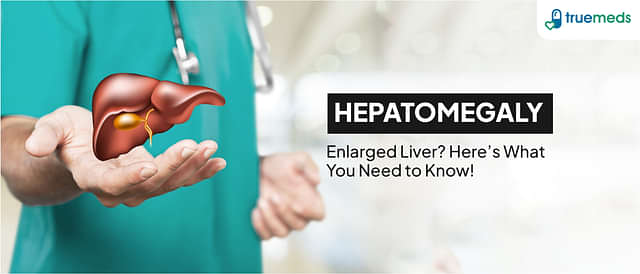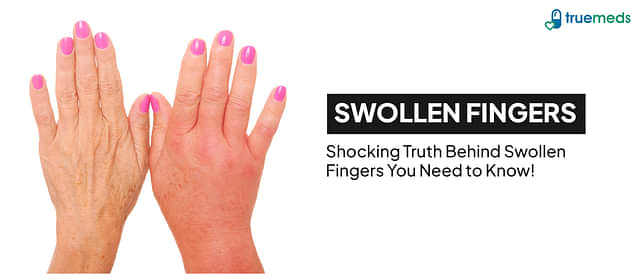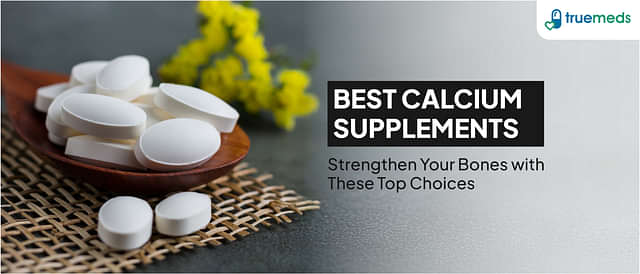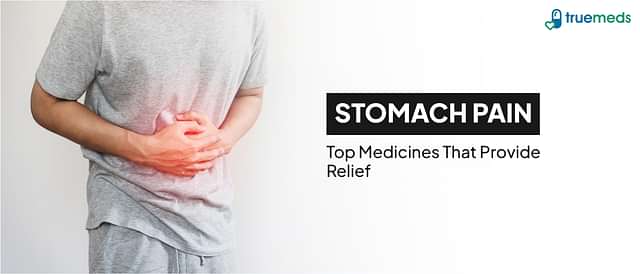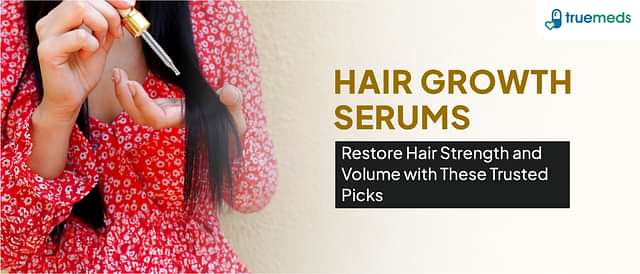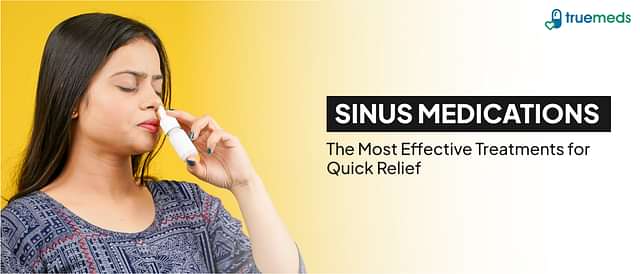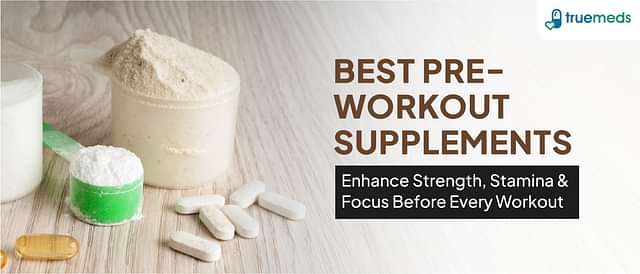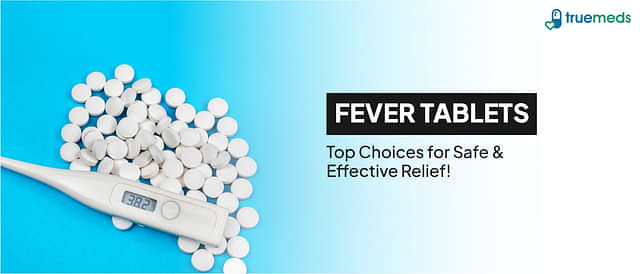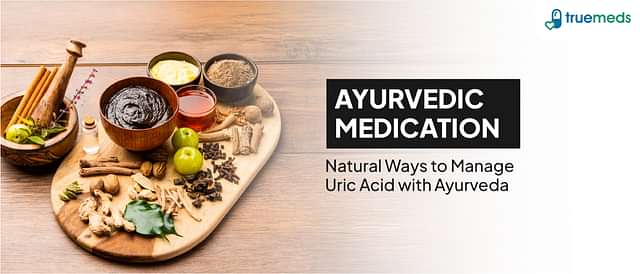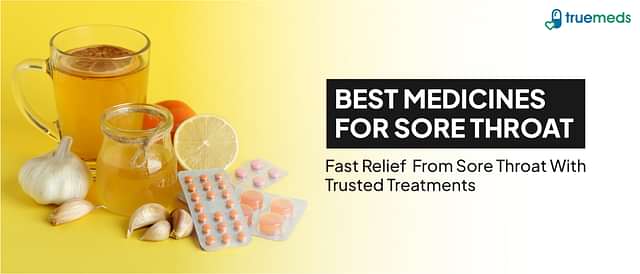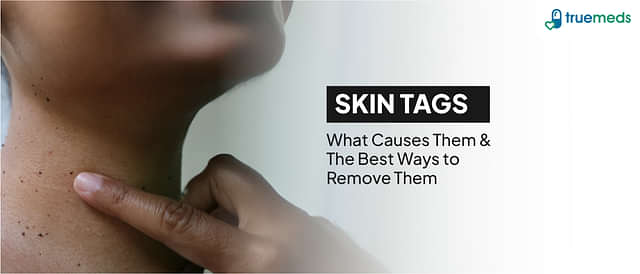Infected Wound Symptoms and Treatment
Last updated on : 21 Mar, 2024
Read time : 9 min
Infected wounds are injuries to the skin and underlying tissues that have become contaminated with harmful microorganisms, like bacteria, viruses, fungi, or parasites. These microorganisms can cause the wound to become red, swollen, warm to the touch, and painful and may produce discharge or pus. Infected wounds can worsen and lead to serious health problems, such as sepsis, cellulitis, or gangrene.
Treatment for infected wounds typically involves:
- Cleaning the wound.
- Taking antibiotics or other medications to fight the infection.
- Applying an antimicrobial solution or ointment.
However, surgery may be necessary to remove damaged tissue or drain pus from the wound.
Recognising an Infected wound
The wound infection symptoms are as follows:
- Pain: An infected wound often hurts more than an uninfected wound.
- Redness: The skin around the wound may be red, a sign of inflammation.
- Swelling: The infected area may be swollen due to an accumulation of fluid.
- Drainage: The wound may produce pus or other types of discharge, indicating infection.
- Warmth: The infected area may feel warm to the touch, another sign of inflammation.
- Foul odour: An infected wound may smell bad, often described as a “foul odour.”
- Fever: If the infection spreads, the person may develop a fever.
- Fatigue: The person may feel tired or weak due to the body’s response to the infection.
Causes of Infected Wounds
A wound infection causes:
- Bacterial infections: Bacteria, such as Staphylococcus aureus and Escherichia coli, can cause wound infections.
- Fungal infections: Fungi, such as Candida, can also cause wound infections.
- Viral infections: Some viruses, such as herpes simplex, can cause wound infections.
- Poor hygiene: Poor hygiene during wound care, such as improper cleaning of the wounds, can increase the risk of infection.
- Immune system deficiencies: Individuals with weakened immune systems, such as people with HIV/AIDS or those undergoing chemotherapy, are more susceptible to infections.
- Foreign objects: Objects like splinters or debris left in a wound can also cause infections.
- Delayed wound care: Delaying wound care or failing to seek prompt medical attention for a wound can also increase the risk of infection.
- Dirty environment: Exposure to dirty or contaminated environments can increase the risk of infection.
Read more – Top anti Fungal Infection powder for skin infection
Risk factors of Infected Wounds
Bacteria, viruses, or other microorganisms have colonised infected wounds. Some of the risk factors for infected wounds include
- Injury Severity: The severity of the wound is a significant factor in determining the risk of infection. For example, a deep wound that damages underlying tissues is more likely to become infected than a superficial cut.
- Age: Infants and older adults have a higher risk of developing infected wounds due to their weakened immune systems.
- Chronic Conditions: People with chronic diseases such as diabetes, HIV, or cancer have a higher risk of developing infected wounds. This is because these conditions weaken the immune system, making it more difficult to fight off infections.
- Immunodeficiency: Individuals with weakened immune systems due to medication, chemotherapy, or immunodeficiency disorders like HIV/AIDS are more susceptible to infected wounds.
- Poor hygiene: Wounds not cleaned or bandaged correctly are at a higher risk of infection. Touching or picking at a wound with unclean hands can introduce bacteria into the wound, leading to an infection.
- Smoking: Smoking impairs the body’s ability to fight infections and slows the healing process, increasing the risk of infection.
- Obesity: People who are overweight or obese have a higher risk of developing infected wounds, as their skin folds and creases provide ideal breeding grounds for bacteria.
- Poor Nutrition: A lack of proper nutrition can weaken the immune system and make it harder for the body to fight infections.
- Previous Infections: People with a history of infected wounds are at a higher risk of developing them again.
- Immobility: Individuals who are bedridden or confined to a wheelchair are at a higher risk of developing infected wounds due to the prolonged pressure on certain parts of their bodies.
Treatment of Infected Wounds
The wound infection treatment depends upon the infection severity and the type of bacteria causing it. Here are some general steps for treating infected wounds:
Clean the wound: The first step in treating an infected wound is to clean it thoroughly. You can gently wash the wound with soap and water or use an antiseptic solution.
Apply an antiseptic: After cleaning the wound, apply an antiseptic solution or ointment to prevent further infection. You can use over-the-counter products, such as hydrogen peroxide or iodine.
Cover the wound: You can use a sterile bandage to protect the wound from further infection.
Take pain relievers: If the wound is painful, take over-the-counter pain relievers, such as acetaminophen or ibuprofen.
Seek medical attention: if the wound is severe or shows signs of spreading, such as redness, swelling, or pus in a wound. Your healthcare provider may prescribe antibiotics or drain the pus if necessary.
The choice of antibiotic for wound healing depends on several factors, including the type of bacteria present and the severity of the infection. In general, antibiotics that are effective against a broad range of bacteria, such as penicillin, cephalosporins, and tetracyclines, may be used.
Topical antibiotics, such as neomycin, bacitracin, and polymyxin B, are commonly used for wound healing. These antibiotics are applied directly to the wound surface and can effectively prevent or treat infections caused by common bacteria.
Sometimes, more potent antibiotics may be necessary to treat severe or profound wound infections. These may include drugs such as vancomycin, clindamycin, and gentamicin.
Factors affecting wound healing
The following factors are involved in wound healing:
- Age: Older individuals tend to heal more slowly than younger individuals due to the decrease in the body’s ability to repair itself and reduced hormonal production essential for wound healing.
- Nutrition: Adequate intake of nutrients, vitamins, and minerals is essential for wound healing.
- Immunosuppression: A weakened immune system can delay wound healing.
- Smoking: Smoking delays wound healing by reducing the oxygen levels in the wound, preventing the body’s cells from receiving the oxygen they need to repair and heal.
- Stress: Chronic stress can delay wound healing by suppressing the immune system and increasing inflammation.
- Medications: Certain medications, such as steroids and chemotherapy drugs, can delay wound healing.
- Poor blood circulation: Poor blood circulation can slow the delivery of necessary nutrients and oxygen to the wound, delaying healing.
- Infection: Bacterial or fungal infections can delay wound healing.
Complications of Infected Wounds
An infected wound can lead to several complications, some of which are:
- Cellulitis: A skin infection can spread to surrounding tissue and cause redness, swelling, and pain.
- Septicemia: A severe and potentially life-threatening infection in the body when bacteria enter the bloodstream.
- Osteomyelitis: An infection of the bone that causes pain, swelling, and redness in the affected area.
- Abscess: A collection of pus can develop near the infected wound, causing pain and swelling.
- Tetanus: A bacterial infection that affects the nervous system and can lead to muscle stiffness and spasms.
- Gangrene: A severe condition in which tissue dies due to a lack of blood flow. The infection can occur in the affected area if it spreads to the deeper tissues and arteries.
Diagnosis of Infected Wounds
Diagnosing a wound infection usually involves a physical examination of the affected area and a review of the patient’s medical history.
- Visual inspection: The healthcare provider will examine the wound for signs of infection, such as redness, swelling, warmth, and pus discharge.
- Laboratory tests: Samples of the discharge from the wound may be taken for laboratory analysis to identify the type of bacteria causing the infection.
- Cultures: A sample of the discharge from the wound may be placed on a particular medium in a laboratory to allow bacteria to grow, which can help to identify the type of bacteria causing the infection.
- Imaging tests: X-rays, CT scans, or MRI scans may be used to view the affected area better and determine the extent of the infection.
- Biopsy: Sometimes, your doctor may take a small tissue and analyse it in a laboratory to help diagnose the infection.
Conclusion
Pay attention to the signs of infection, take action and seek medical help. If you have an infected wound or experiencing symptoms such as redness, swelling, warmth, pain, or discharge from the wound, it is essential to seek medical attention as soon as possible. Delaying treatment can lead to further complications and potentially severe infections. Contact your healthcare provider or visit the nearest urgent care or emergency room for evaluation and treatment. Remember, timely treatment can prevent the infection from spreading and improve your chances of full recovery.
You can order branded and generic medicines by uploading your prescription on the Truemeds app. When you order pills online, you can save money by choosing an alternative or generic drug that the experts at Truemeds recommend. Save up to 72% on your purchase and get free home delivery across India.
Frequently asked questions
Hospitals and medical professionals trust Betadine. It eliminates the risk of infection caused by germs in minor wounds such as cuts, scrapes, and burns on time. Mild on the skin and any minor wounds that may already exist.
The pain and swelling usually peak on day two. Any redness should fade by day four. By day 10, you should be completely healed.
Disclaimer: This information shouldn’t be used to diagnose or treat a medical condition or be used in a medical emergency. You must consult a qualified medical professional should be consulted to diagnose and treat all medical conditions.
Disclaimer
Our healthcare experts have carefully reviewed and compiled the information presented here to ensure accuracy and trustworthiness. It is important to note that this information serves as a general overview of the topic and is for informational purposes only. It is not intended to diagnose, prevent, or cure any health problem. This page does not establish a doctor-patient relationship, nor does it replace the advice or consultation of a registered medical practitioner. We recommend seeking guidance from your registered medical practitioner for any questions or concerns regarding your medical condition.
Popular Articles
Recent Articles
Top-Selling Medicines:
...View more
Top-Selling OTC:
...View more
Company
About UsHealth ArticleHealth StoriesDiseases & Health ConditionsAyurvedaAll MedicinesAll BrandsNeed HelpFAQSubscribe
Registered Office Address
Grievance Officer
Download Truemeds

Contact Us
Our customer representative team is available 7 days a week from 9 am - 9 pm.
v3.8.3
2025 - Truemeds | All rights reserved. Our content is for informational purposes only. See additional information.
Our Payment Partners











